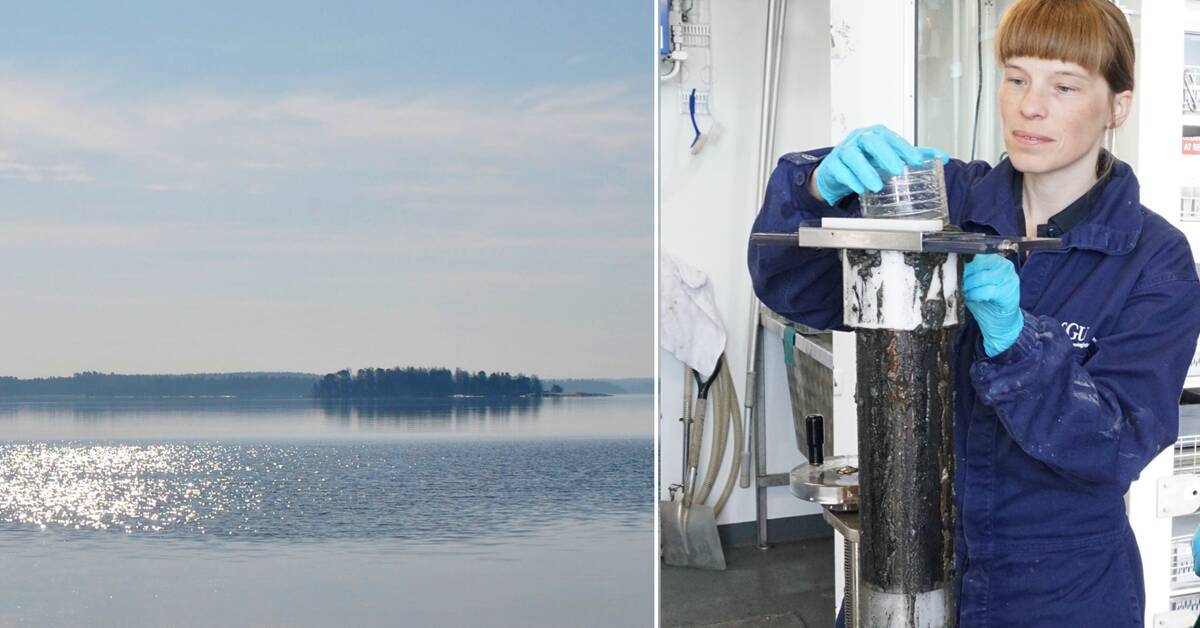High levels of environmental pollution are a problem for the Baltic Sea. Among other things, it can affect benthic animals and that fish get too high levels – something that in turn can affect human health.
Highest in Bråviken
The levels of fluorinated substances, or PFAS, and of brominated flame retardants, PBDEs, were highest in Bråviken. This indicates that there are significant sources of these substances from land – for example, discharges via wastewater treatment plants or run-off from contaminated land.
"We could see that the concentrations differ very close to land and further out. Some substances have the highest value close to land, which may indicate that emissions are still ongoing," says Sarah Josefsson, state geologist at SGU.
According to Sarah Josefsson, an unexpected result was that more pollutants were present in the highest concentrations east of Gotland compared to between Gotland and the mainland. At the time, these were pollutants that had been known for a long time and where emissions had already been limited or banned.
"But we currently have no explanation as to why this is the case," she says.
Javascript is disabled
Javascript must be turned on to play video
Learn more about browser support
What is PFAS and how do we ingest it? – hear researcher Tove Mallin explain. Photo: SVT

